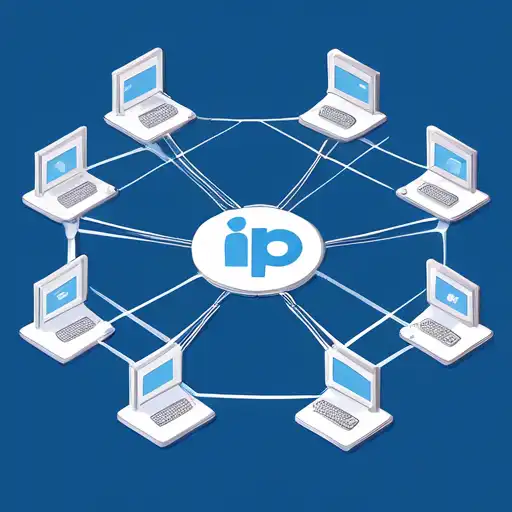Introduction to IP Addresses
In the digital world, understanding the basics of networking is crucial, and at the heart of this knowledge lies the concept of IP addresses. An IP (Internet Protocol) address is a unique identifier assigned to each device connected to a network, enabling communication between devices. This guide will walk you through the essentials of IP addresses, their types, and their role in networking.
What is an IP Address?
An IP address is a numerical label assigned to each device participating in a computer network that uses the Internet Protocol for communication. It serves two main functions: identifying the host or network interface and providing the location of the host in the network.
Types of IP Addresses
There are two primary versions of IP addresses in use today:
- IPv4 (Internet Protocol version 4): The most widely used version, consisting of four sets of numbers separated by dots (e.g., 192.168.1.1).
- IPv6 (Internet Protocol version 6): Developed to deal with the exhaustion of IPv4 addresses, it uses eight groups of four hexadecimal digits separated by colons (e.g., 2001:0db8:85a3:0000:0000:8a2e:0370:7334).
How IP Addresses Work
IP addresses facilitate the routing of internet traffic, ensuring that data packets reach their intended destination. When you visit a website, your device uses the website's IP address to request and receive data. This process is seamless and happens in milliseconds, thanks to the Domain Name System (DNS), which translates human-friendly domain names into IP addresses.
Static vs. Dynamic IP Addresses
IP addresses can be either static or dynamic:
- Static IP Addresses: These are permanent and do not change over time. They are ideal for hosting websites or services that require a constant address.
- Dynamic IP Addresses: Assigned by a DHCP server, these addresses can change over time. They are commonly used for residential internet connections.
Why Understanding IP Addresses is Important
Grasping the concept of IP addresses is fundamental for anyone looking to delve into networking, cybersecurity, or even basic IT troubleshooting. It helps in configuring networks, securing devices, and understanding how the internet operates at a basic level.
Conclusion
IP addresses are the cornerstone of network communication, enabling devices to connect and share information across the globe. Whether you're setting up a home network or pursuing a career in IT, a solid understanding of IP addresses is indispensable. For more networking basics, check out our guide on Networking Fundamentals.
